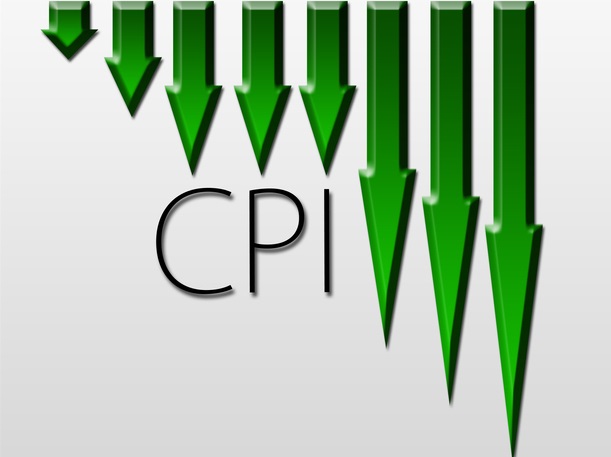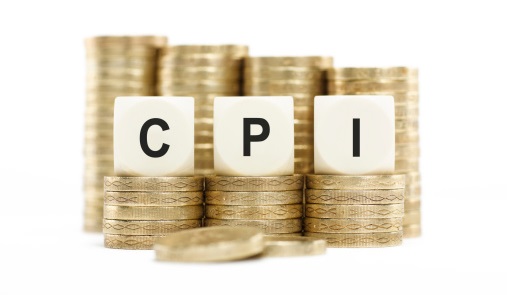The US March CPI report is due this week and it will be an extremely important one data is expected to be released, with headline figures anticipated to remain at last month’s +5.0% YoY.
However, the monthly inflation rate is expected to accelerate to +0.4% (from the previous +0.1%), while core inflation may experience a slight dip, decreasing to +0.3% (from the previous +0.4%).
Inflation still remains far too high year-over-year in the latest reading and the pace of deceleration has slowed in recent readings, implying that inflation is remaining stubbornly high.
As the United States Consumer Price inflation data release approaches, its potential impact on the financial markets remains a topic of interest for investors.
While the numbers are expected to be relatively flat this month, any significant deviation from predictions could potentially trigger further market volatility.
The CPI measures the change in prices paid by US consumers for everyday goods and services, like groceries, gas and rent. It is calculated by the US Bureau of Labour Statistics, which collects more than 90,000 prices per month from sellers and retailers across the country.
The CPI tracks real-world impact on consumers. Every month, the BLS releases updated CPI data, showing monthly and annual changes in average prices.
The most recent CPI report, released on April 12, showed the index increased by only 0.1% in March. Typically, Americans can expect the CPI to increase between about 1% and 4% each year, based on data from the last couple of decades.
Ultimately, further evidence of inflation slowing down could reinforce expectations around the Federal Reserve pausing and eventually cutting interest rates. Should inflation remain sticky, this could rekindle bets around the Fed leaving interest rates higher for longer.




